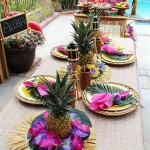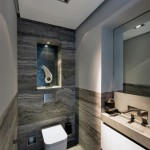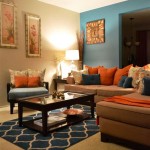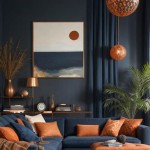Light Decorations for Living Room
Lighting plays a crucial role in setting the ambiance and functionality of a living room. It can transform a dull space into a vibrant hub or create a cozy and relaxing atmosphere. Choosing the right light decorations involves understanding the various types of lighting, their purposes, and how they can be combined to achieve the desired effect.
Ambient lighting provides overall illumination for the room. It sets the baseline light level and allows for general visibility. Common sources of ambient lighting include recessed lighting, ceiling fixtures, and wall sconces. When choosing ambient lighting, consider the size and shape of the room, as well as the desired brightness. Dimmable fixtures offer flexibility and allow for adjustments based on the time of day and activity.
Task lighting is designed to illuminate specific areas for activities such as reading, working, or crafting. Floor lamps, table lamps, and desk lamps are common examples of task lighting. Placement is key for effective task lighting. A floor lamp should be positioned next to a reading chair, while a table lamp can be placed on a desk or side table. The intensity and direction of the light should be adjustable to avoid glare and strain on the eyes.
Accent lighting highlights specific features within the living room, such as artwork, architectural details, or plants. Track lighting, picture lights, and uplights can be used to create visual interest and draw attention to focal points. The color temperature of accent lighting can also be used to enhance the mood. Warm white light creates a cozy and inviting atmosphere, while cool white light can highlight textures and details.
Decorative lighting serves primarily as an aesthetic element, adding style and personality to the living room. Chandeliers, pendant lights, and string lights fall into this category. These fixtures often serve as a statement piece and can contribute significantly to the overall design theme. When selecting decorative lighting, it's important to consider the scale and proportion of the fixture relative to the size of the room and existing furniture.
Layering different types of lighting is crucial for achieving a balanced and functional living room. Combining ambient, task, accent, and decorative lighting allows for flexibility and creates a dynamic atmosphere. For example, a living room might have recessed lighting for ambient illumination, table lamps for task lighting, and track lighting to highlight artwork.
Natural light is an essential element to consider when planning living room lighting. Maximize natural light by using sheer curtains or blinds that allow light to filter through while maintaining privacy. Positioning furniture strategically can also enhance the impact of natural light. Mirrors can be used to reflect and amplify natural light, making the room appear brighter and more spacious.
The color temperature of light plays a significant role in the mood and ambiance of a living room. Warm white light (2700-3000K) creates a relaxed and inviting atmosphere, ideal for cozy evenings and casual gatherings. Cool white light (3500-4100K) is more energizing and suitable for tasks that require focus, such as reading or working. Daylight (5000-6500K) is the brightest and closest to natural sunlight, making it ideal for spaces where clarity and visibility are essential.
Smart lighting technology offers increased control and customization options for living room lighting. Smart bulbs can be controlled remotely via smartphone apps, allowing users to adjust brightness, color temperature, and even create schedules. Integration with voice assistants further enhances convenience and allows for hands-free control. Smart lighting can also contribute to energy efficiency by allowing for precise control and automated scheduling.
Choosing energy-efficient light sources is an important consideration for both environmental and economic reasons. LED bulbs consume significantly less energy than traditional incandescent bulbs and have a much longer lifespan. Look for Energy Star certified bulbs, which meet specific efficiency standards. Incorporating dimmer switches can further reduce energy consumption and extend bulb life.
The style of light fixtures should complement the overall design aesthetic of the living room. For a modern living room, sleek and minimalist fixtures might be appropriate. A traditional living room might benefit from more ornate chandeliers or sconces. Consider the materials, finishes, and shapes of the fixtures to ensure they harmonize with the existing furniture and decor.
Safety is paramount when installing and using light fixtures. Ensure all electrical work is performed by a qualified electrician. Follow manufacturer instructions carefully when installing fixtures and replacing bulbs. Avoid overloading circuits and use bulbs with the appropriate wattage for the fixture. Regularly inspect fixtures and wiring for any signs of damage or wear.
By considering these factors and carefully planning the placement and types of lighting, one can create a living room that is both functional and aesthetically pleasing.

Living Room Lighting Ideas How To Choose The Best Light For Your Hdb

Small Living Room Lighting Ideas Forbes Home

Living Room Lighting Ideas How To Choose The Best Light For Your Hdb

Living Room Lighting Ideas For Your Home Designcafe
.jpg?strip=all)
6 Smart Living Room Lighting Design Ideas

15 Stylish Living Room Lighting Ideas Well Lit Tips

A Comprehensive Guide To Some Stunning Living Room Lighting Ideas

A Comprehensive Guide To Some Stunning Living Room Lighting Ideas

Living Room Lighting Strategies Designer Lightings Singapore

False Ceiling Light Options For Your Living Room Design Cafe
Related Posts







